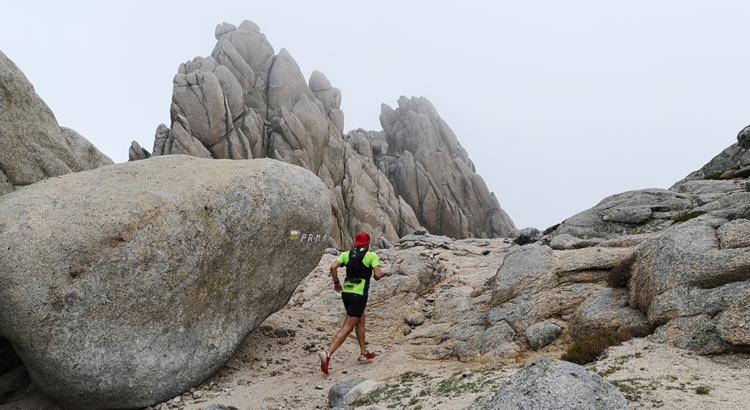Should you, or shouldn’t you? That has become one of the biggest questions for trail runners when it comes to using poles. We are going to explore some of the advantages and disadvantages of using poles so you can decide if they are right for you.
Whether hiking poles are a good or bad ida depends a lot on where you are going hiking or trail running. For instance the more vert you will be experiencing the more likely poles will be a good idea.

For example if you are running through the Alps most people you encounter will have poles with them, however if you were exploring some of the Table Mountain hiking routes in Cape Town you probably do not need them.
The Advantages Of Using Poles
Reduced Leg Fatigue (Sometimes)
Removing some of the load off of your legs is one of the big advantages of using poles. When you are climbing and descending slopes, your poles can take some of the load off of your legs helping you to keep your leg muscles fresh for later in the race.
TIP: This advantage decreases when you are running on a flat trail. You will be more efficient running without using the poles when you hit a flat area. If the course you are scheduled to run switches between climbs and flat sections, you should use collapsible poles so you can get them out of the way during the flatter areas.
Better Posture
Do you tend to hunch your back during your climbs or when you get tired on the trail? Using poles helps you maintain better posture which reduces back strain and keeps you more efficient. Better posture and efficiency allows you to utilize those last bits of energy to finish a race instead of scrubbing out.
Balance And Trail Confidence
Your trail poles provide you with four-point balance when negotiating steep, rocky, and slippery areas of the trail. You can plant the tips to give you added grip while getting through those difficult areas, which provides you with confidence to move faster instead of dropping to a snail’s pace.

TIP: Make sure you keep the poles out of the path of your feet while descending. You don’t want to be accelerating down a hill and end up rolling down the hill because you tripped yourself with the poles.
Defensive Tool
Let’s be honest. So many trail runners have started using poles that sometimes it is challenging to avoid tripping on them out of the starting gate. Using your own poles lets you carve out a little extra space and knock away intruding poles. Just remember, you need to keep your poles out of their way, too.
The Disadvantages Of Running Poles
Added Weight On The Trail
Running poles add a little weight to what you are carrying on the trail. Cheap poles are weaker and weigh more. Good poles are lightweight and strong but still add a little weight. While the few extra ounces may not seem like much at the beginning of the race, it could feel burdensome towards the end.
TIP: Pay attention to the type of trail you are running on today. Does it really require the use of the poles, or is it fairly level? Decide if you are going to use the poles for this race based on the advantages for this specific trail. There is no reason to carry extra weight when it is unnecessary.
Running Poles Can Get In The Way
Your first race using poles is going to feel clumsy. There is no way around that unless you train extensively using your poles. Your poles are going to get in front of your feet, bounce into a tree, or get caught in a patch of roots. It is inevitable until you become efficient using the poles. Even then, there will be times the poles are more of a hindrance than an aid.
TIP: Collapsible poles can be carried in one hand to keep them out of your way. Some poles can be stashed in a small pack strapped on your front or back.
The only sure way to know if running poles will help you is to try them. Every race more runners are finding the advantages outweigh the disadvantages, at least on steeper trails.
